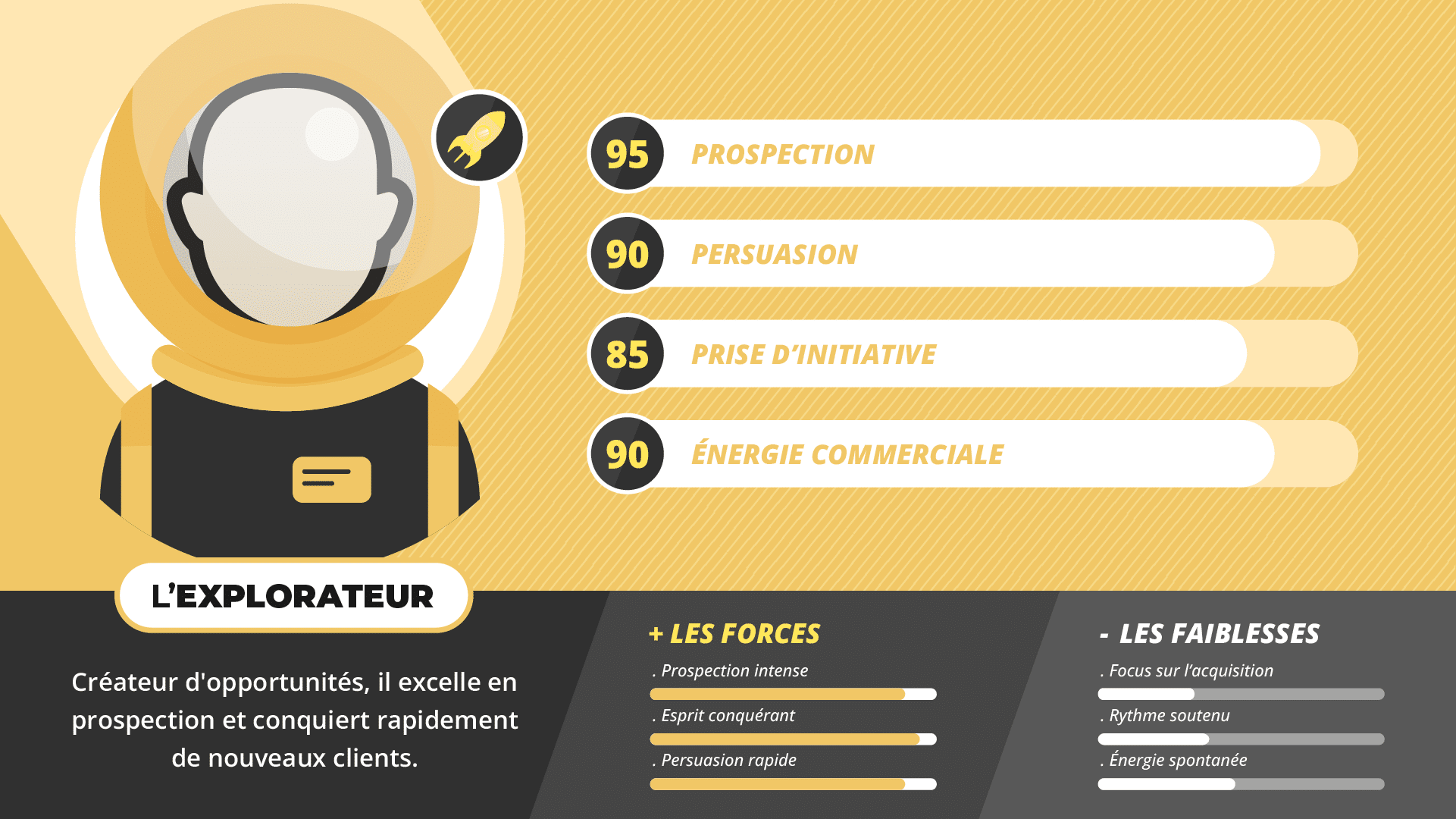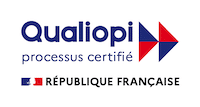Behind these options, there is actually the question of strategy and tactics, and their projection into the future . The definition of the ideal customer does not exist in a definitive way, it corresponds to a precise objective at a given moment .
In other words, describing the ideal customer requires a multi-level and dynamic analysis over time.
The ideal customer, a strategic point of view
Depending on the current strategy and the objective pursued, the value of each customer will vary according to their potential to meet this objective . We recently supported an SME that was looking to strengthen its position in its market and was in a conquest logic, which outlined a specific ideal customer, different from that corresponding to a loyalty strategy for example. Does the company want to develop its offer on a new market? Develop a new offer? On a new segment? ... As we can see, before talking about an ideal customer, you have to specify your strategy.
In order to best define its strategic positioning , it is first necessary to take into account the company's strengths in each of the potential market segments: its know-how , its brand image , its product range , the quality of its commercial relationship, its ability to control prices , deadlines, the adequacy of the sales force , etc. In a second step, it is necessary to cross-reference with attractiveness criteria for each of the identified segments (opportunities, constraints, potential turnover, profitability, intensity of competition , etc.) in order to finally be able to specify the tactical approach.
The ideal client, a tactical approach
Strategy is the overall plan , tactics are adaptation to the field . So once the target segment has been identified, and the prospect/customer portfolio established, a finer segmentation can be carried out to help you order the actions.
L’approche que nous appelons chez Kestio le « Sales Model » permet, au sein d’un segment stratégique, de préciser des segments « tactiques » en fonction de la « valeur » des comptes cibles.
The ideal customer, or more precisely customer value, is the result of a clever formula, based on variables specific to the company, its activity, its market, its current ambition , which allows for better prioritization of accounts, and therefore to define and manage the distribution of marketing and sales efforts in the best conditions.
From customers that salespeople must visit at least twice a month to customers who will simply be handled remotely, a scale is established according to customer value, to treat the entire market with the level of investment required to obtain an ROI.
Chez Kestio Live, nous avons donc tendance à parler non pas du client idéal, mais bien DES clients idéaux !
To go further and learn more about targeting and building a customer file, you can also watch our webinar:
- : Source Invox
- : Social Media Guidelines, Orange, http://www.orange.com/sirius/smg/FR_Guides_Medias_Sociaux.pdf






